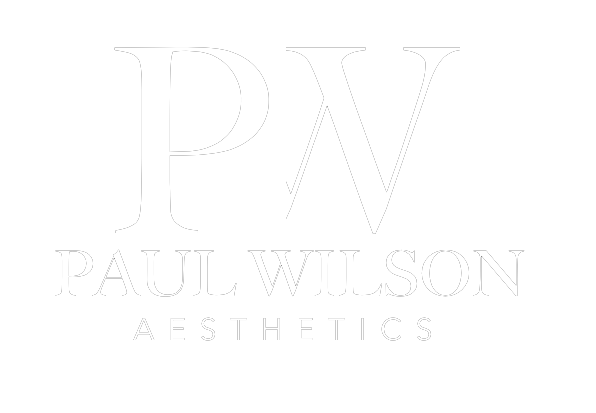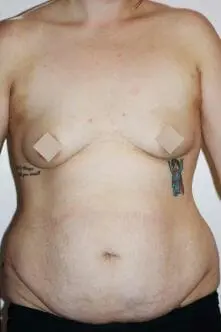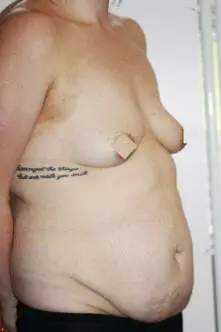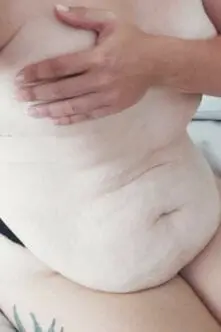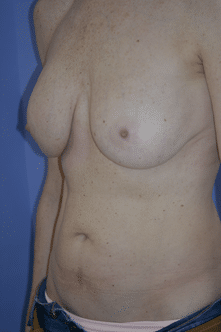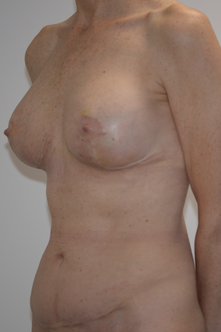The term mummy makeover is increasingly being used in cosmetic practice. It is a term that is often applied to the combination of body and breast rejuvenation surgery
What Is a Mummy Makeover?
The term mummy makeover is increasingly being used in cosmetic practice. It is a term that is often applied to the combination of body and breast rejuvenation surgery. Often with age, following pregnancy or where there have been changes in weight, there is a change in the skin quality and elasticity. Combined with an effect on the ligaments of the breast and the abdominal wall, the changes associated with pregnancy can alter the appearance of the body significantly. Often women look to improve the contour of both their breasts and their abdomen at the same time.
Although not all women are suitable the vast majority can have both procedures simultaneously and consult with a plastic surgeon that has experience of these combination surgeries is important. Some ladies choose to split the procedures following a discussion regarding the pros and cons whereas others are happy to have both surgeries performed together.
